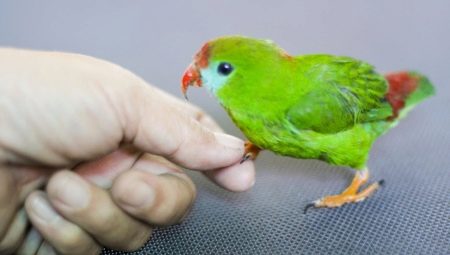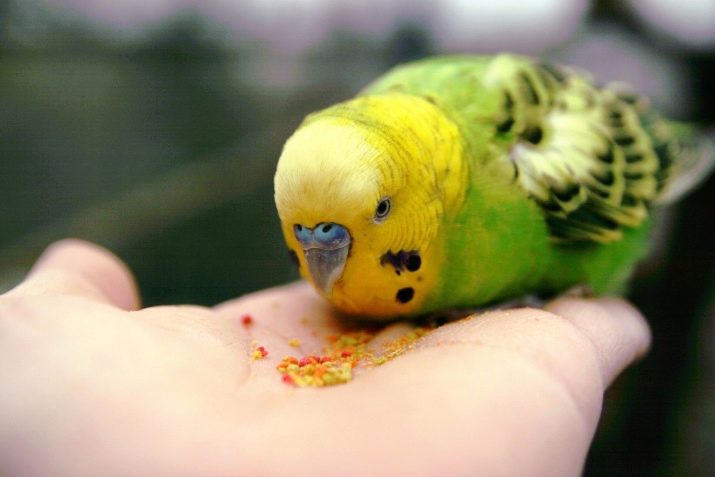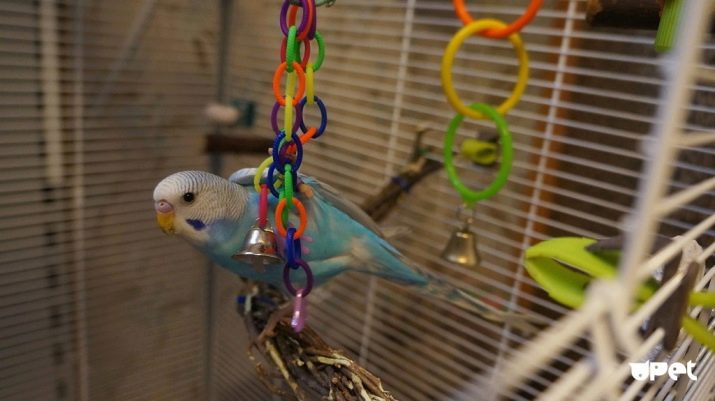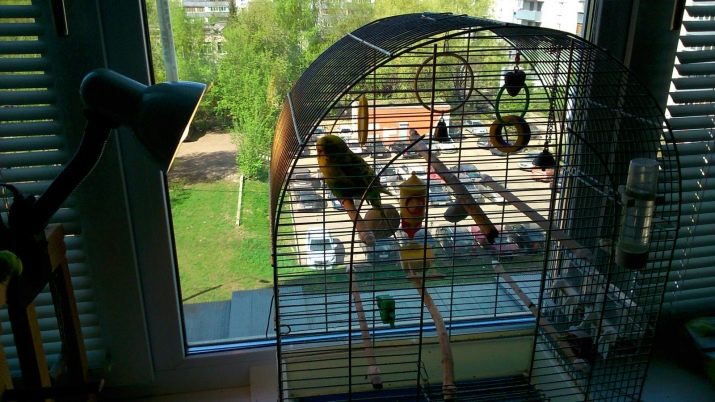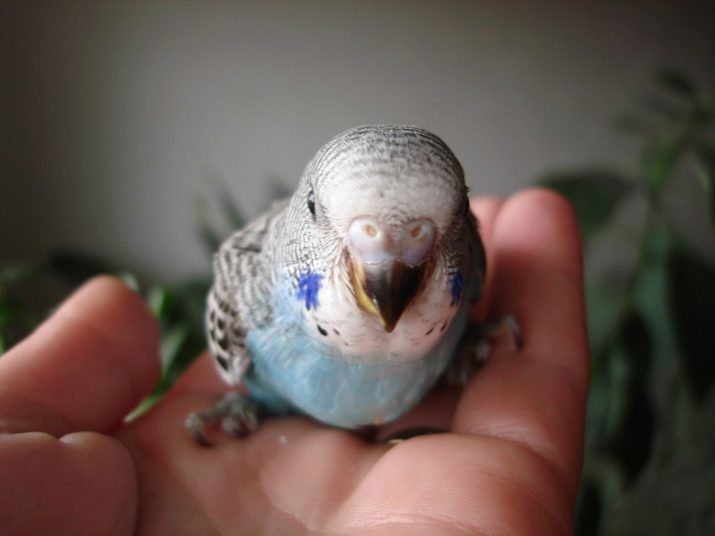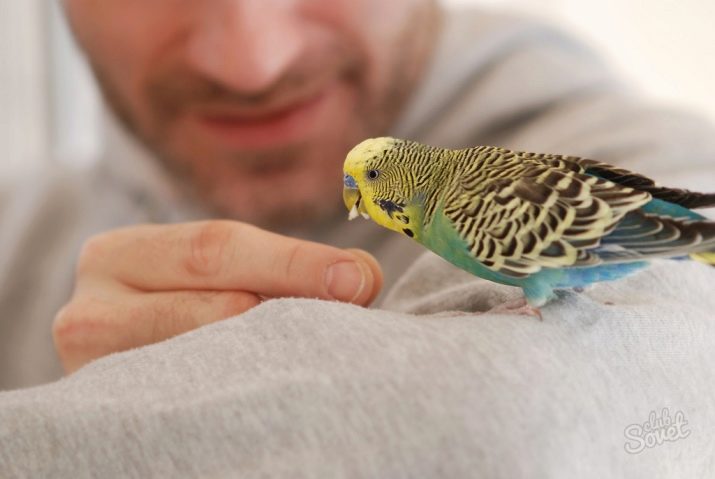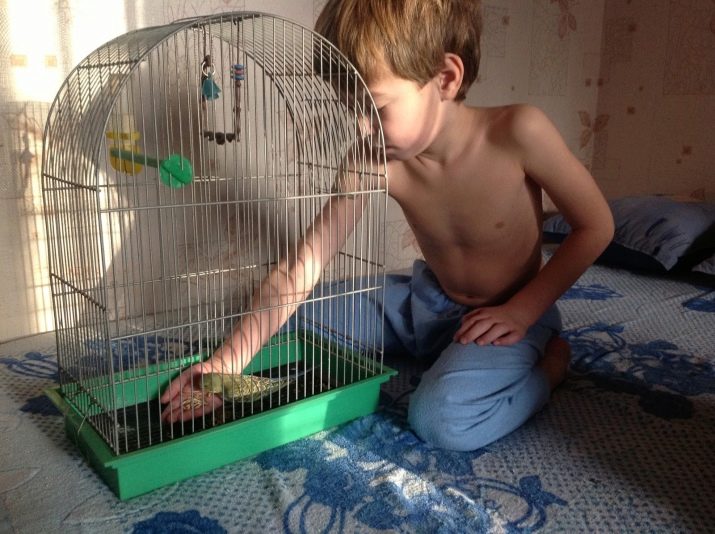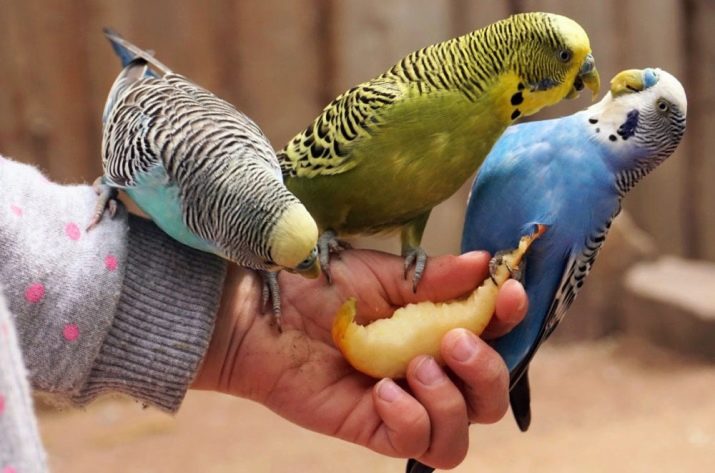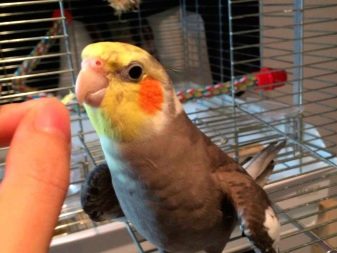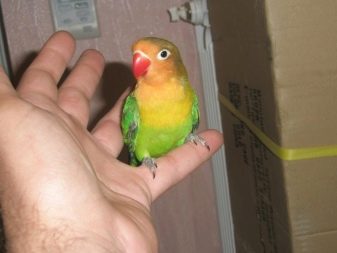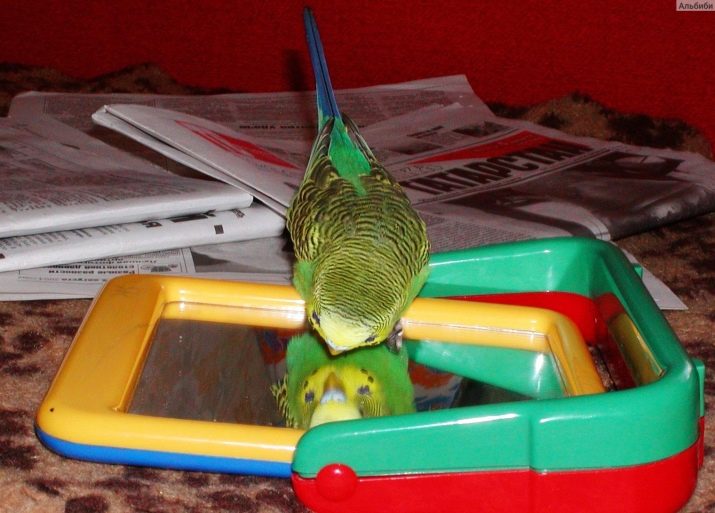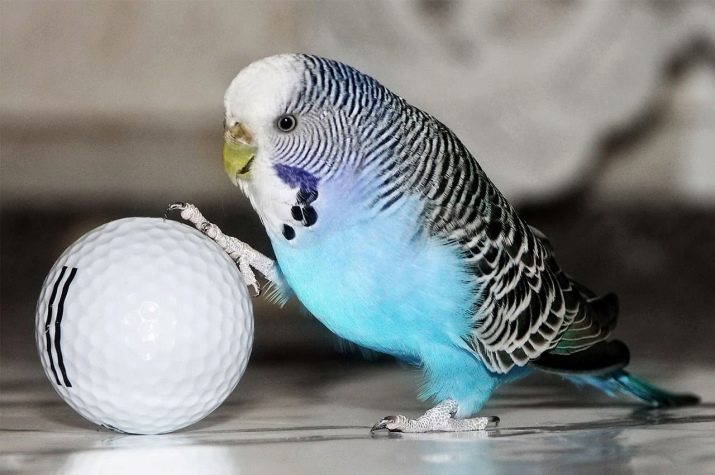Parrots are the marvelous, clever creations of nature. According to many bird watchers, they are the smartest birds on earth. Parrots live in many apartments as permanently beloved "family members". In families with children, these friendly pets help bring up the responsibility and care of “our little brothers” in babies. A parrot can be taught a variety of tricks and even elements of human speech. These skills constantly entertain and delight the owners. But in order for your parrot to become such a “pro”, you will have to work hard.
Comfortable conditions
Before buying a parrot, think over all aspects of a pet's comfortable living conditions, read the recommendations of experts, chat on forums and among your friends with those who have parrots. Acquiring the necessary attributes, pay attention to the materials from which they are made.
The cage should be spacious, so that the parrot could move freely on it, unfold the wings and wave them, jump from the perch to the ladder, play with toys. The feeder usually comes with a cage. Drinking is better to choose not plastic, but ceramic or porcelain. It costs more, but in such dishes the harmful microflora develops more slowly, and the water remains clean longer. Choose toys from environmentally friendly materials with high-quality coating.
Determine where to place the cage. At first, it should stand taller - at about the height of a person, preferably next to a wall. So the bird feels more protected. You can put the cage on the appropriate height of furniture - wardrobe, cabinet, pencil case. There should be no indoor plants near the cage - many of them are toxic to parrots.
In comfortable conditions, the bird will more easily transfer the stress from moving to a new home.
How long will it take?
The timing of taming parrots depends on many factors: the breed, the age of the bird, its individual character, the system of occupations, actions, and the nature of the owner. But the unequivocal opinion is that this is not a one-day deal. It can take several weeks to establish contact with the bird. Young parrots (up to about 5 months of age) to get used to hands the easiest. With constant contact with the bird and regular consecutive classes, you can tame a pet in 2-3 weeks.
Older individuals are tamed much more difficult, but to solve such a task is also possible, only it will take more time. It all depends on where the bird lived before.. If these were good conditions, but with limited communication with people, it needs to pay more attention, conduct daily calm "conversations" for an hour, and the bird will definitely get used to communication.
If the parrot lived in constant stress during abuse (unfortunately, such situations are not uncommon), then it will have to be tamed for a very long time.
Under no circumstances, even in case of aggression, you can not shout at such a bird and swing your arms; this will even more frighten her, and she will finally lose the ability to trust people. The maximum of patience, love and caress, constant care and lack of punishment will certainly bring results, and the pet will change the attitude to communication with the person.
Ways
Before you start taming a parrot, tune in to the fact that for a successful result will have to spend a lot of personal time.No haste and pressure on the bird is unacceptable; any actions should build confidence, not destroy it. The first 2-3 days after the purchase, the parrot is confused and frightened, sits silently, ruffled and quietly sad. This is normal. Leave the bird alone these days.
Approach the cage to change the litter on the pallet, put in the feed and pour clean water. During these procedures, quietly call your pet by name, praise it in a calm voice.
By nature, parrots are very sociable, so even the most stubborn of them will not be sitting alone in a corner of a cage for long. After a couple of days, the pet will recover a little from the stress, will cease when you appear to rush into the far corner of the cage, start pecking food from the feeder when you are in the room. Now you can start to accustom him to the hands.
Ornithologists suggest sticking to taming step-by-step steps.
- First try to get your pet interested in communication.. At first, do not come close to the cage and from a distance speak to the bird in an even soft voice, calling the pet's name. Then start slowly approaching the cage so that the bird will understand that you are addressing it. Watch the parrot gestures to see if he is listening to the sound of your voice. Be ready to perform this initial stage especially carefully, show maximum patience and do not rush to move to more active actions.
- By observing, determine what your parrot likes to eat the most. See what he chooses from the manger first (grain, fruit, nuts, something else). At the time of taming, do not put this food in the feeder, and use as a treat to encourage the parrot during class.
- For the first time try to grab quite a bit of your favorite feed with your fingers in a pinch and offer through the bars of the cage. Open the door of the cage and rush to stretch your hand inside it is not necessary - the parrot is not ready for it. Most likely, he will not take food from the first time even through the bars. Do not insist, wait a few minutes and move away from the cage. Offer a treat a second time before feeding again. Perhaps a hungry bird will take a treat. As soon as this happens, praise him with a kind voice, additionally encourage delicacy. Do this step several times.
- About a week later, you can offer a treat from the hands through the door. Put a treat in the open palm and wait. Calmly continue to talk to the bird, do not rush, do not convince to eat "snack". Wait until the pet decides to go to the hand. This should be done in the morning when the parrot is alert and hungry. Do not stretch your arms far into the cage, because at first all parrots are afraid of their hands, but this will pass. Patiently do this every day.
- The moment will come when the feathery will take the feed from the palm. At first, he, having grasped a seed or nut, will bounce off his hand into the far corner of the cage and enjoy a delicacy in a safe area. Keep calm, do not be nervous, once again show patience and in no case scold the bird. The parrot will soon realize that there is no danger, you are not trying to take away food or grab it. After some time, he will boldly sit on his hands and feast on food, not moving away into the depths of the cell.
- Now you can teach the feathery to sit on the finger. Attach an outstretched finger to the perch on which your pet likes to sit. Usually this is enough - the parrot itself jumps to the finger. But sometimes he just does not understand what is needed from him. Feel the feathers on the belly in front between the legs, and the parrot will quickly move to your finger.
In the process of learning, it sometimes happens that some parrots cannot be tamed. Do not deviate from the conceived, find another way to interest the bird. You can try to teach your pet to the hand with a small mirror.Slowly drive the mirror in front of the bird, bringing it closer to the open palm and moving it away from the feathered one.
In order to reach the mirror and look into it, and all parrots love this, the feathered man will have to step on his hand and stay on it to play with his favorite toy.
You need special care on your part. No sudden movements and hasty gestures, do not risk losing confidence. Instead of a mirror, there may be another item - a pen cap, a bottle cap, a new toy - parrots love to tinker with such things. If you are able to find the object that interested the bird, the rest will depend on your desire for success, the sequence of your actions, and everything will certainly work out.
What if a parrot is afraid?
There are parrots, the character is very fearful. They are afraid of everything: the hands of the owner, new toys, new food, swimming, strangers, pets, some things. In all cases, try to establish the cause of the feathered phobia and correct it correctly or prove to the bird the safety of the situation that frightens him. We must understand that the parrot is first and foremost a real wild bird, not a dog or cat.
During taming classes never hold your hands over the head of a parrot. The natural reflex will work: movement over the head is the shadow of a bird of prey. The association “hand - danger” will be established in the feathered brain, it will not be possible to retrain a pet.
The purpose of domestication is to make the parrot completely stop fearing your palms, let you gently stroke yourself, fly at your call, sit on your shoulder.
The expression "everything has its time" is the best suited to this situation. If you are ready to go with great earnestness and patience to the goal, to smoothly move from stage to stage in the process of domestication, then surely your pet will love you, will feel protection in you, will be grateful and will fully trust.
With a manual parrot, you can easily start a fun conversation, and with full confidence to get a response. Of course, the “speech” of a parrot is just a reproduction of the remembered sounds, but it will bring you a lot of positive emotions and fun moments. The main thing is to be patient and not rush the bird, to show perseverance and kindness, and then you will find a true feathered friend.
How to tame a parrot, see below.
